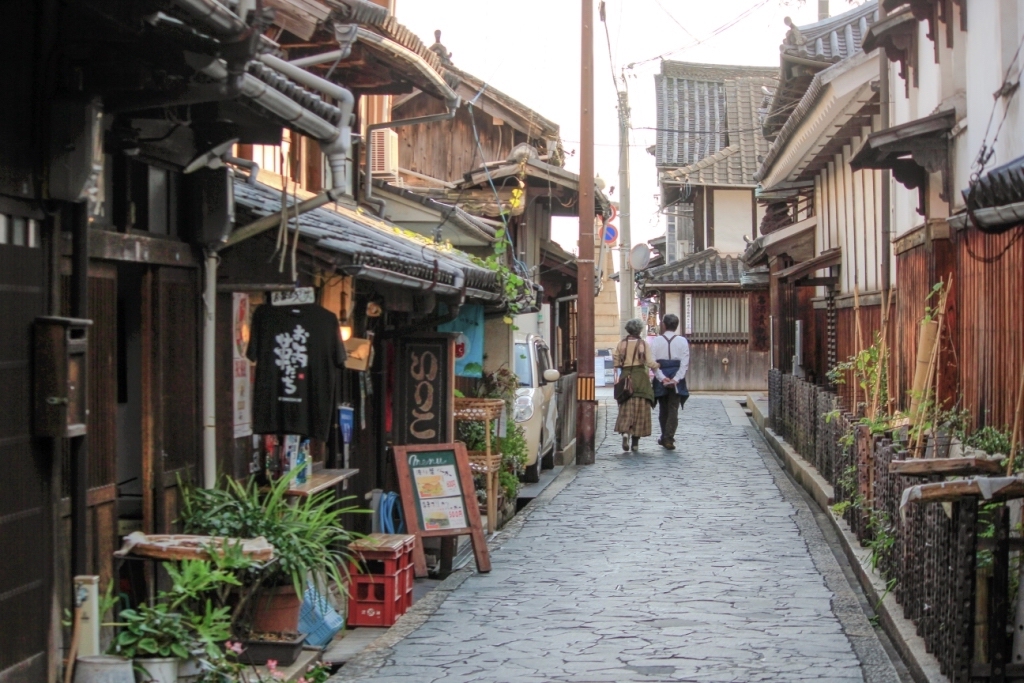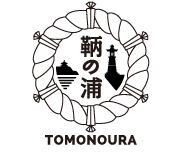Tomo-chō, Fukuyama City Preservation District for Groups of Traditional Buildings
Tomo-chō, Fukuyama City Preservation District for Groups of Traditional Buildings: Scenes of the old port that remain today

In the area of Nishi-machi, located in southern Tomonoura, you can find historic buildings constructed from as far back as the Edo period (1603–1868) to as recent as the period before World War II. On November 28, 2017, this approximately 8.6-hectare area was designated as an official Preservation District for Groups of Traditional Buildings by the Japanese Minister of Education, Culture, Sports, Science and Technology.
Many of these townhouse buildings, known as “machiya,” have a narrow frontage of just between 2.7 to 3.6 meters. Furthermore, many were built with at least one wall in contact with a neighboring building, and some buildings even share a wall, indicating that Tomonoura was a prime example of one of the few overcrowded communities in Japan at the time.
Until the Taishō period (1912–1926), the machiya with larger frontages were built with a lifting door known as “ōdo.” You can also see many instances of the front side of a building’s roof elongated in order to make the structure appear larger. During the Edo period, buildings were relatively tall due to the use of the second floor as a living space, but there are also buildings whose second floor was built smaller. This has resulted in a varied height of these buildings—a unique quality of the townscape of Tomonoura.

